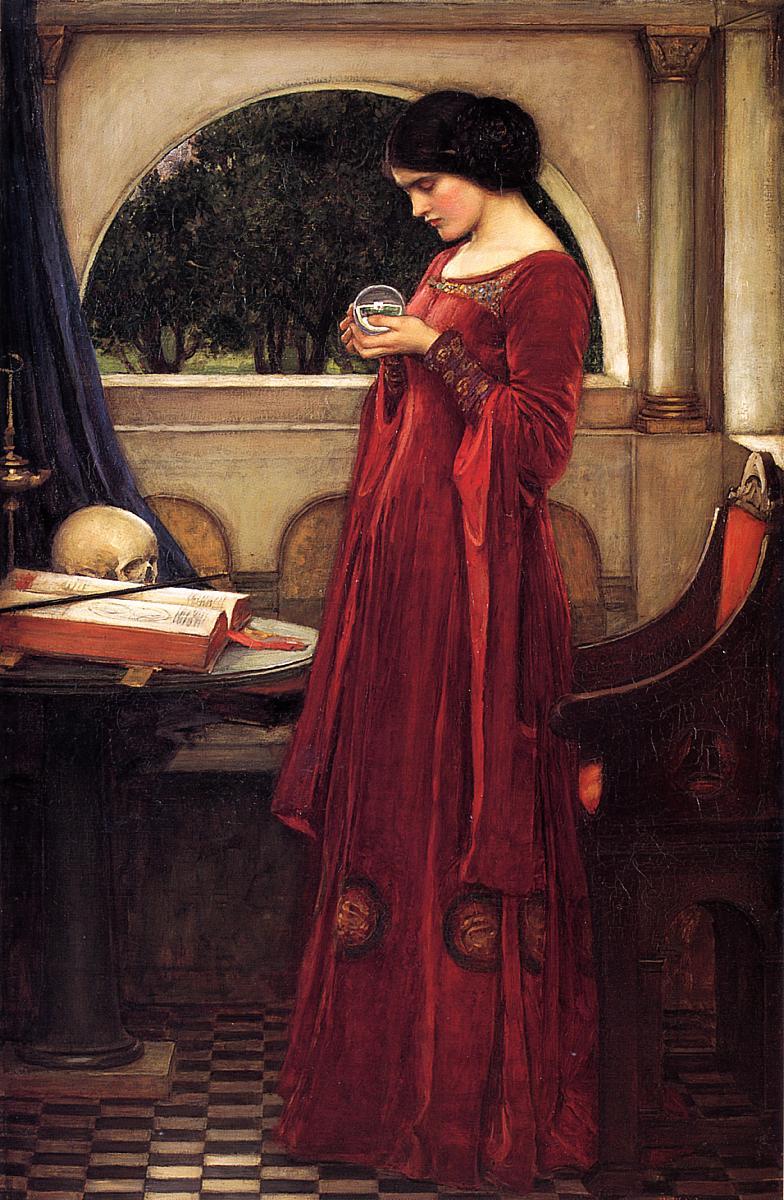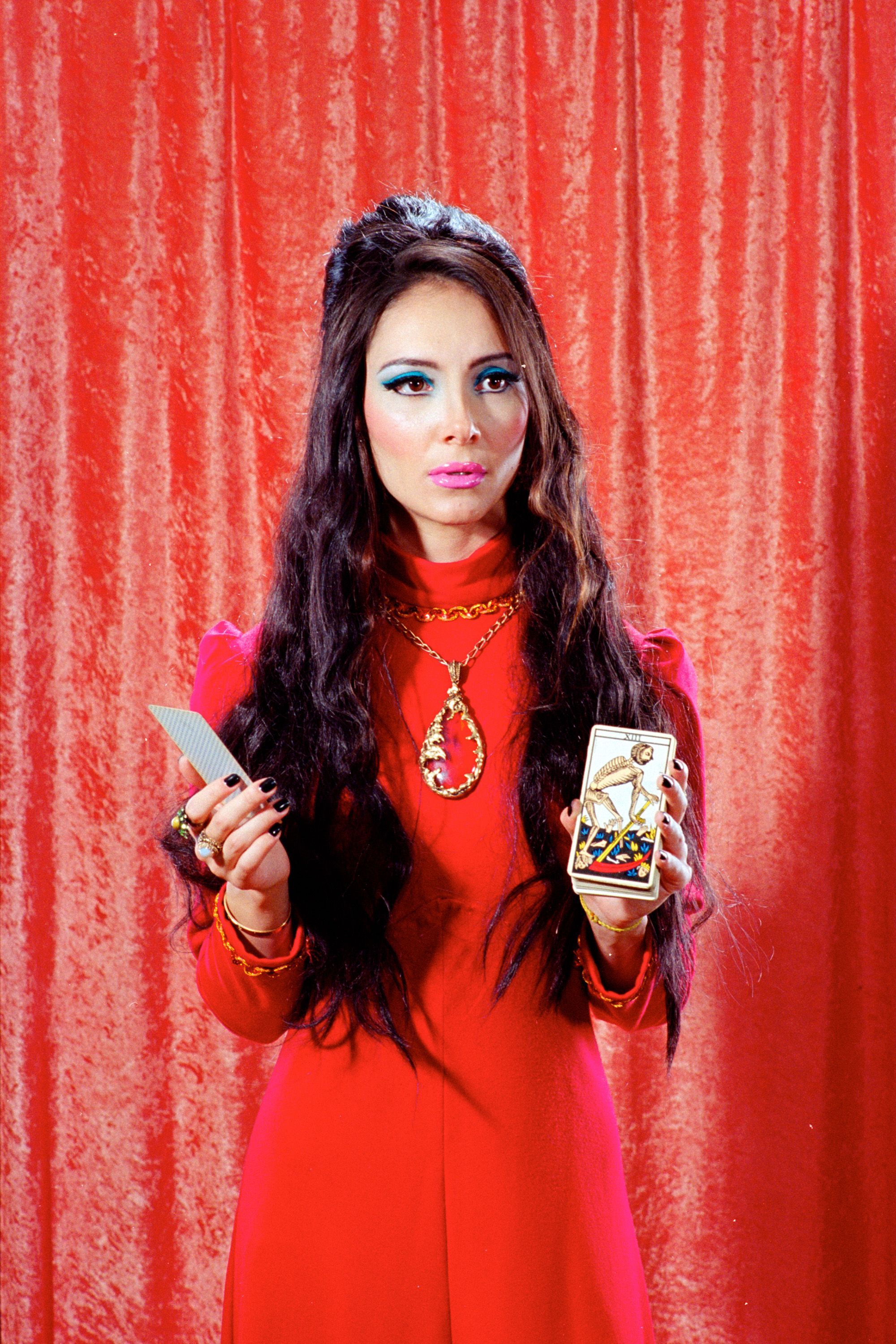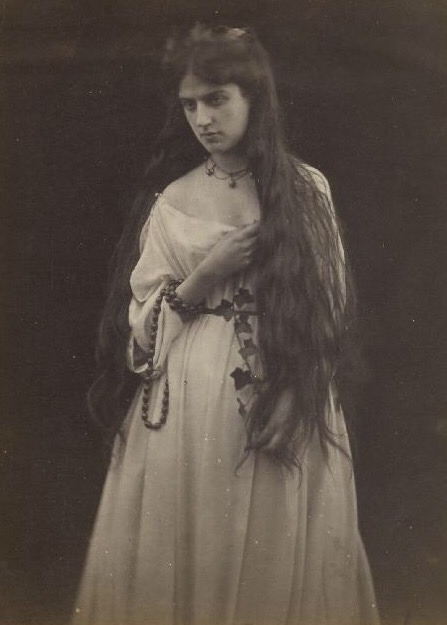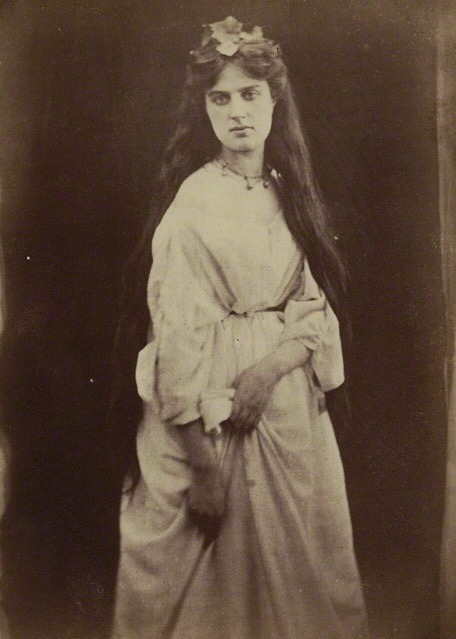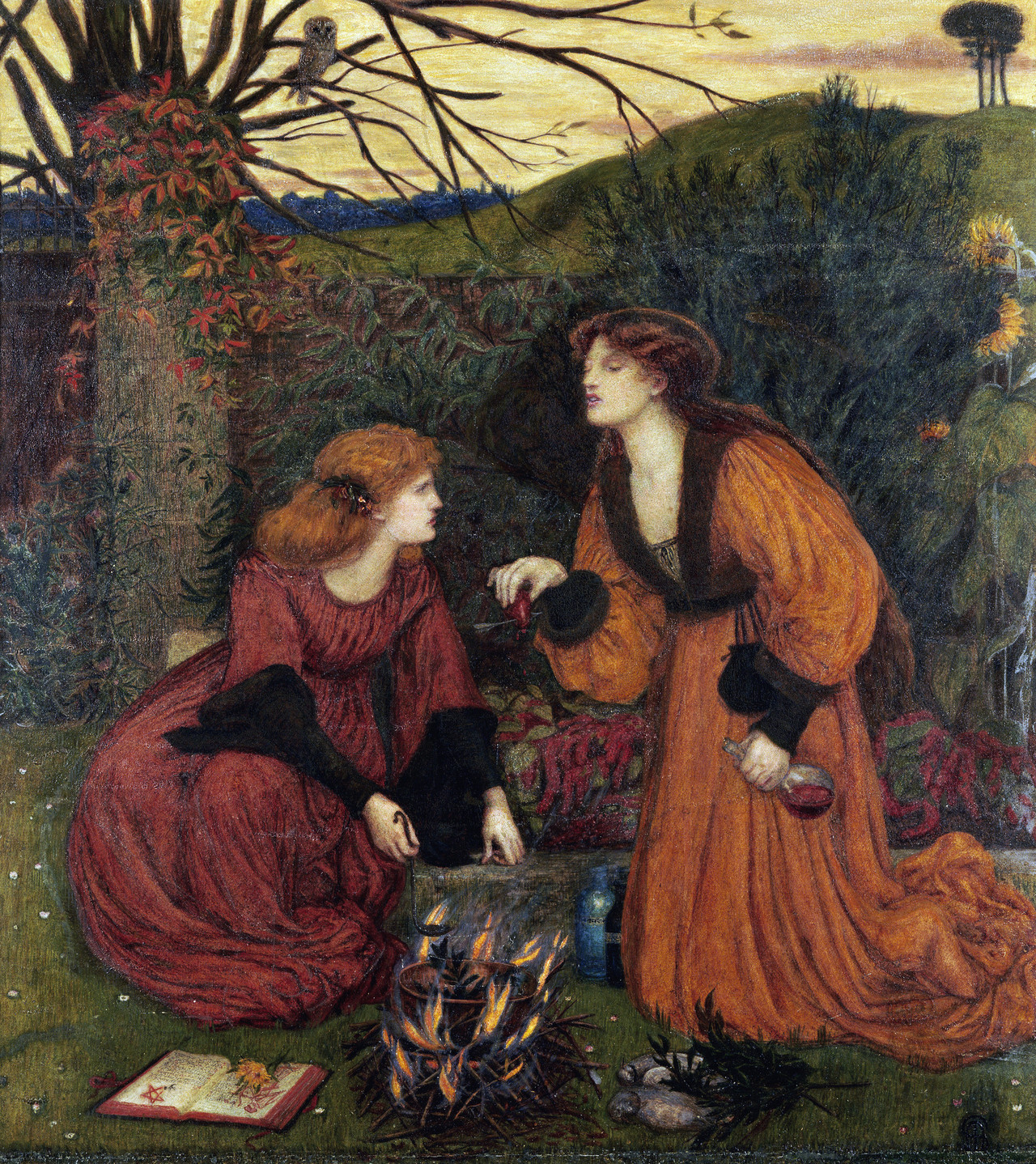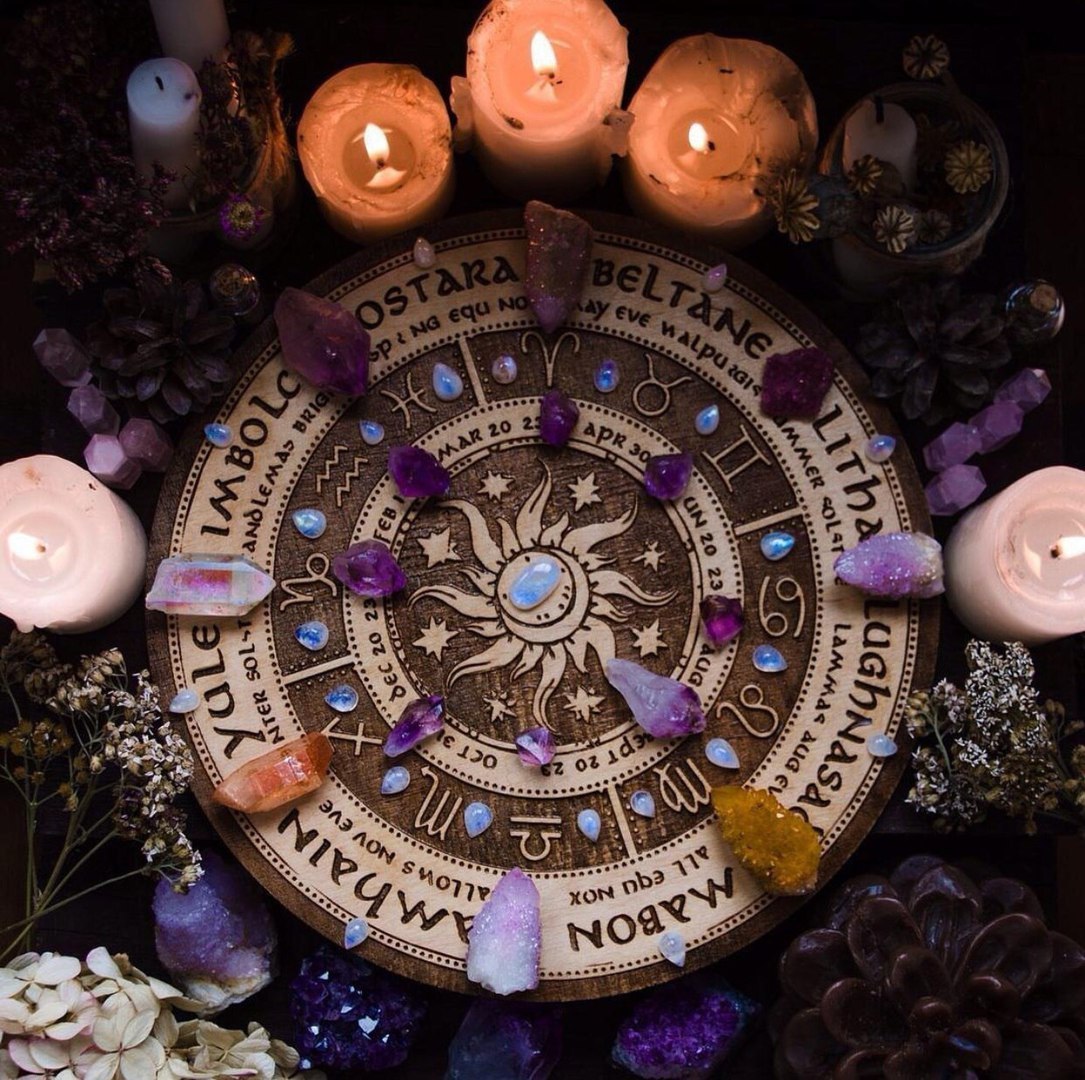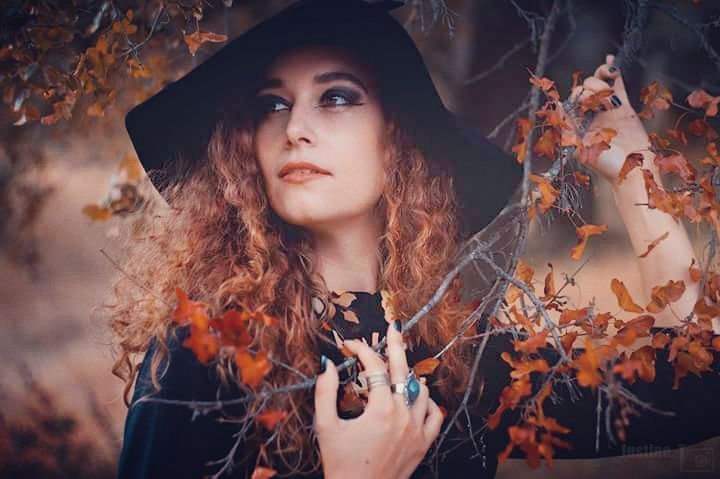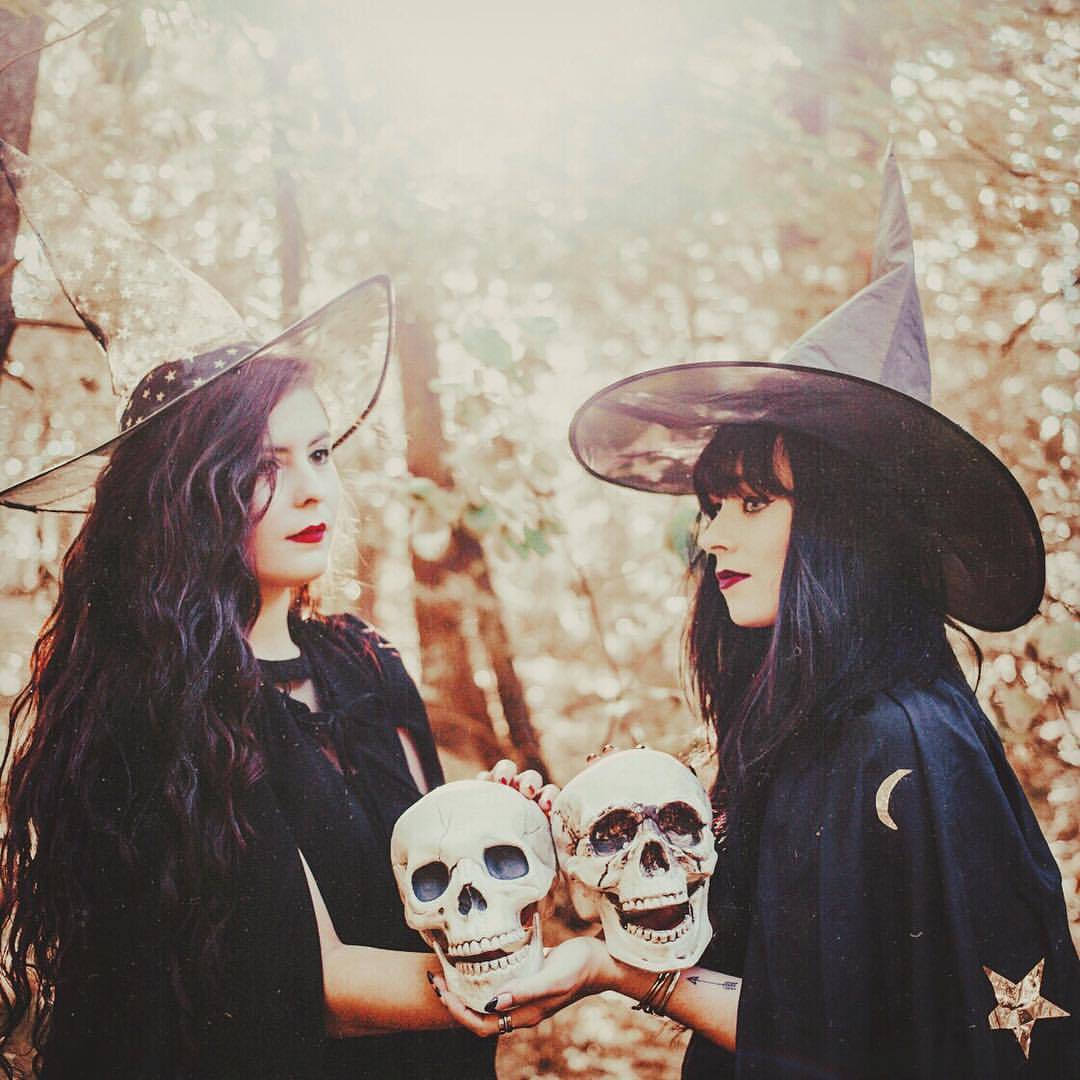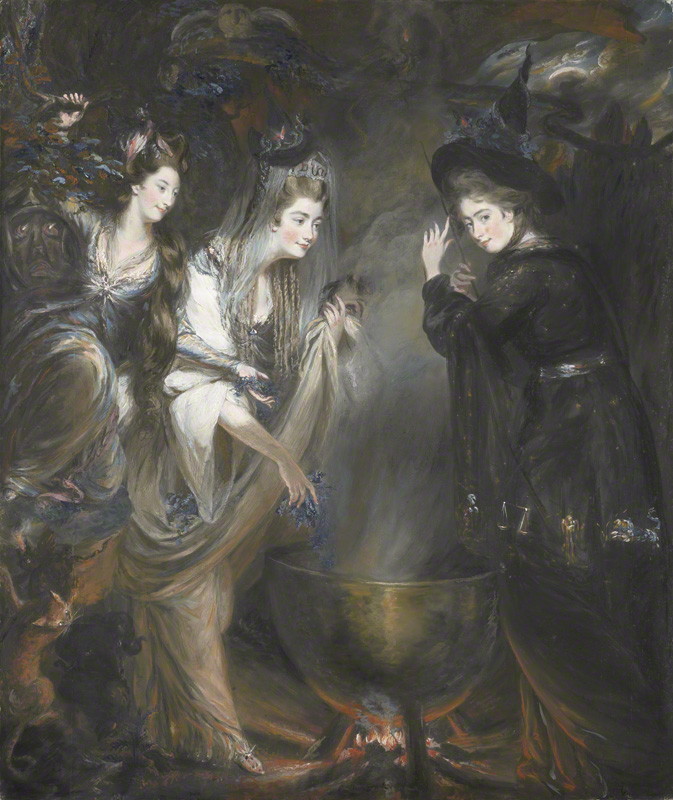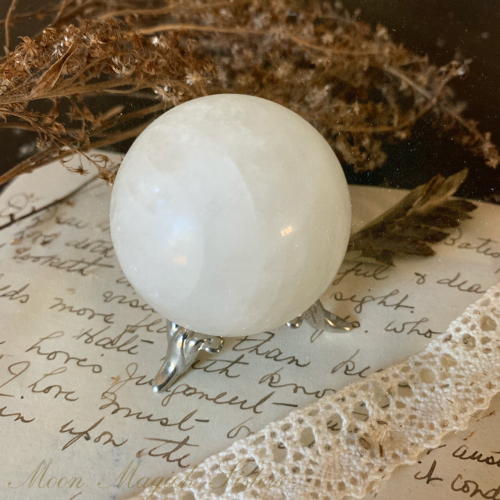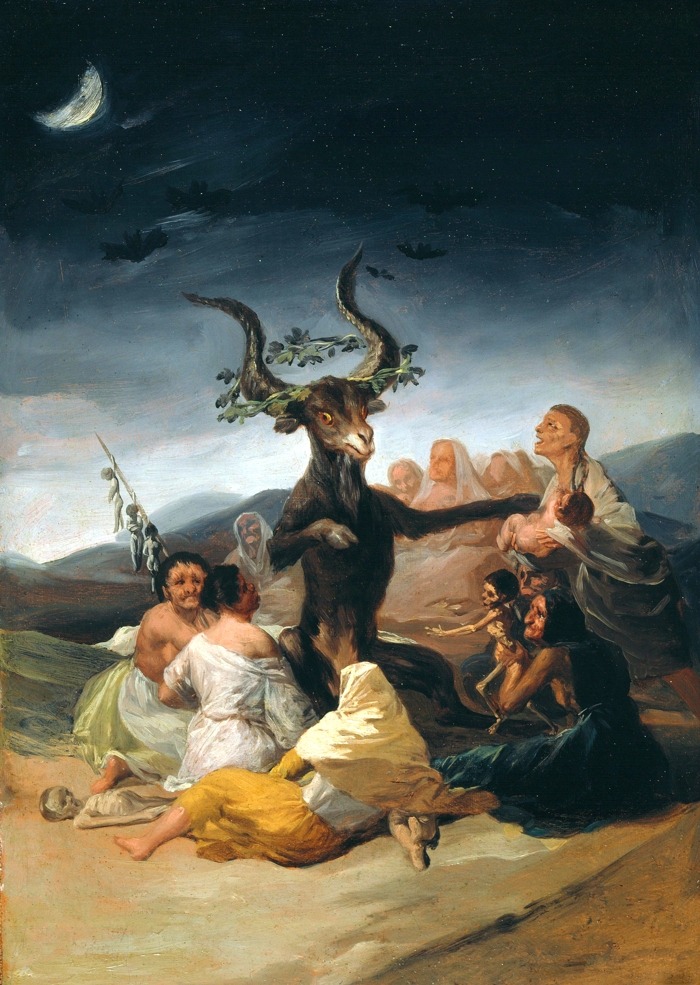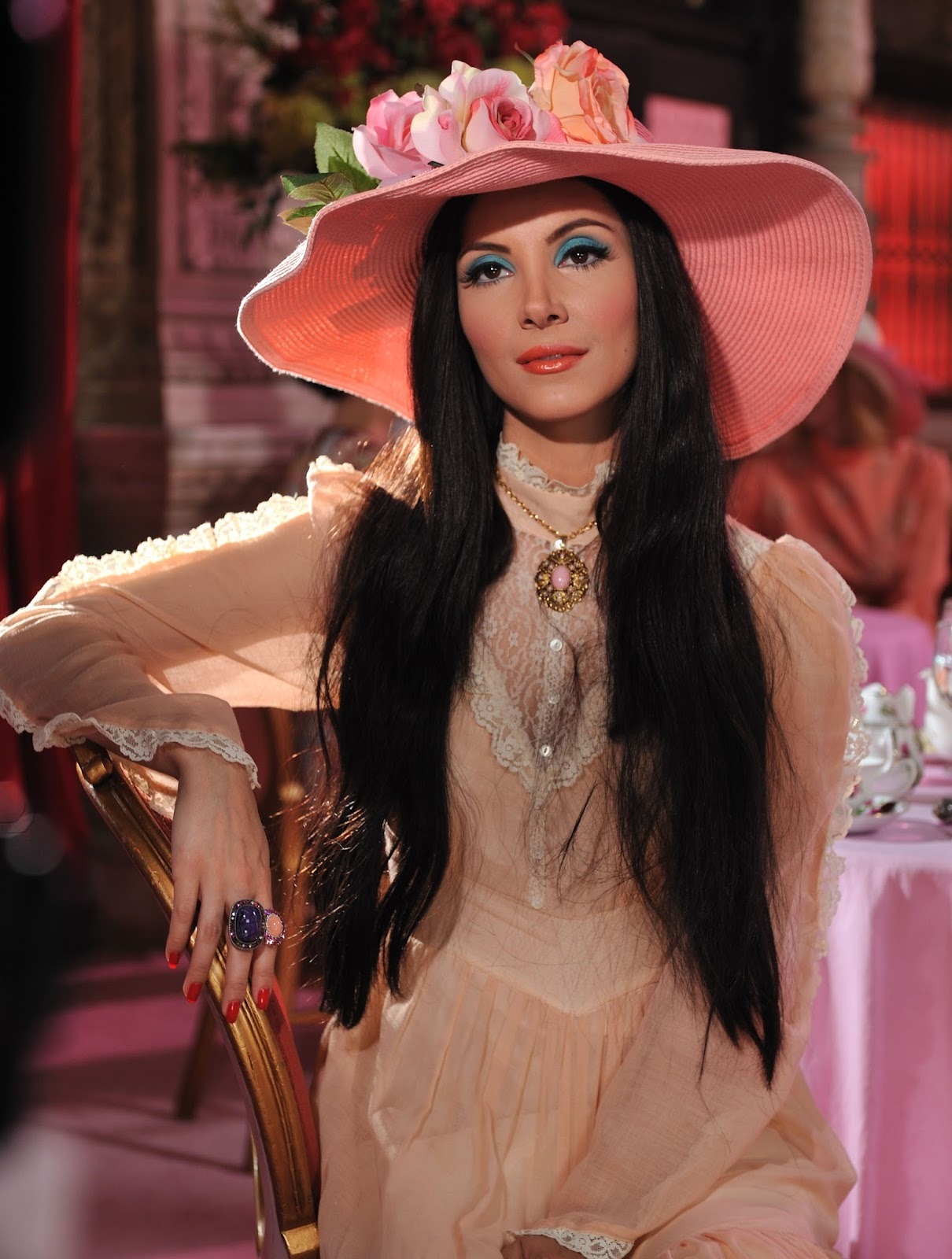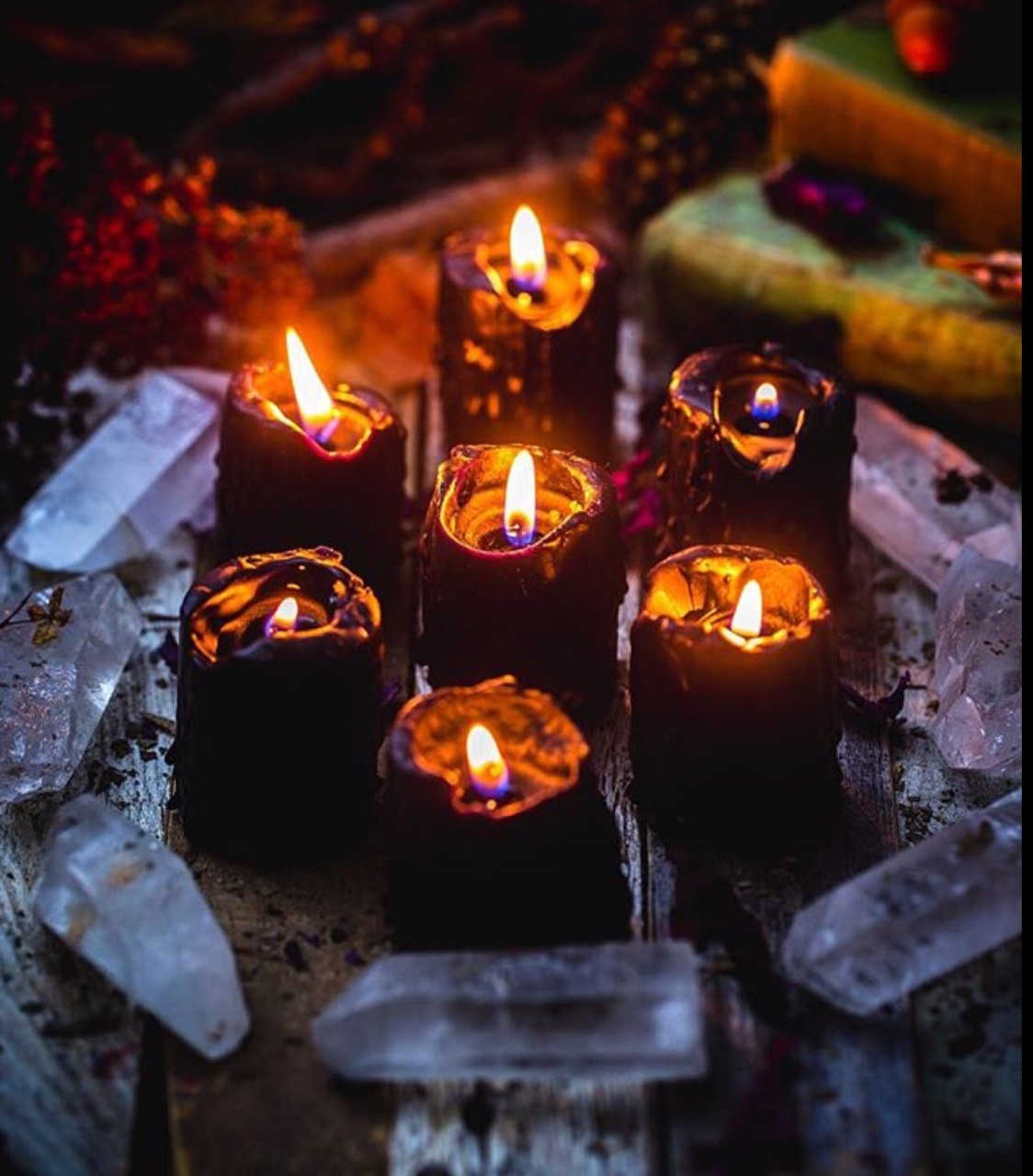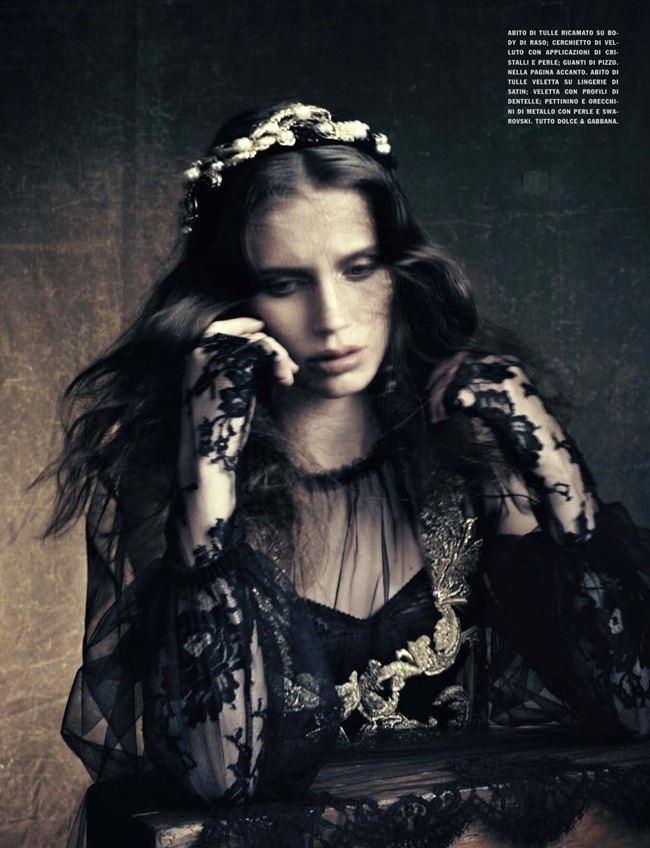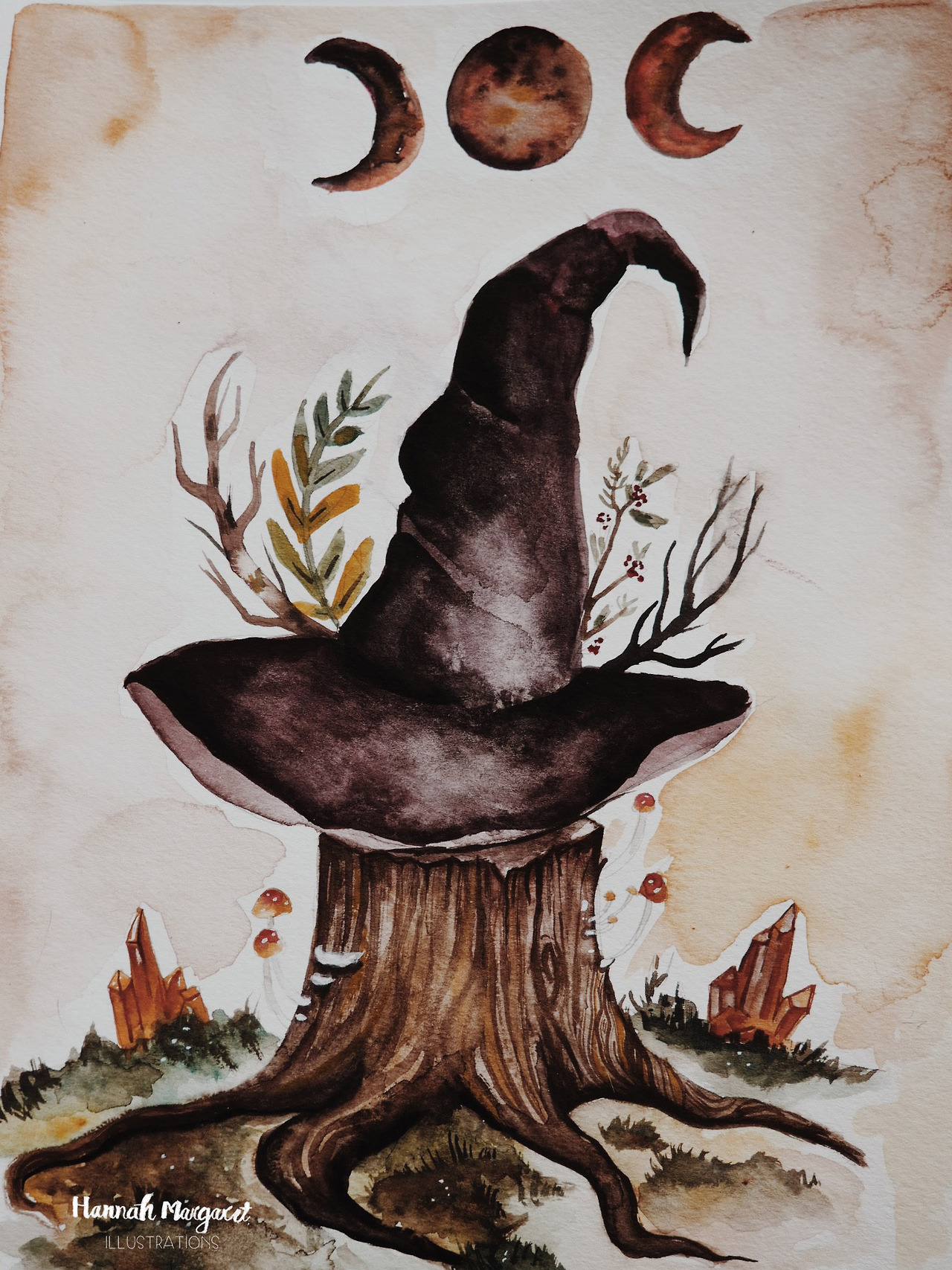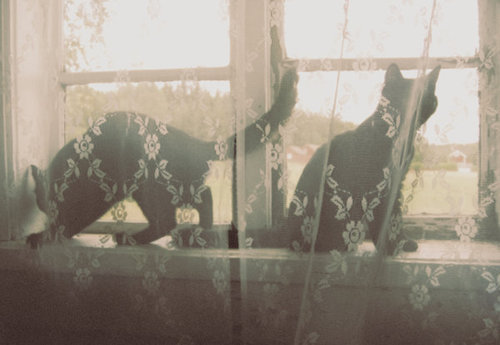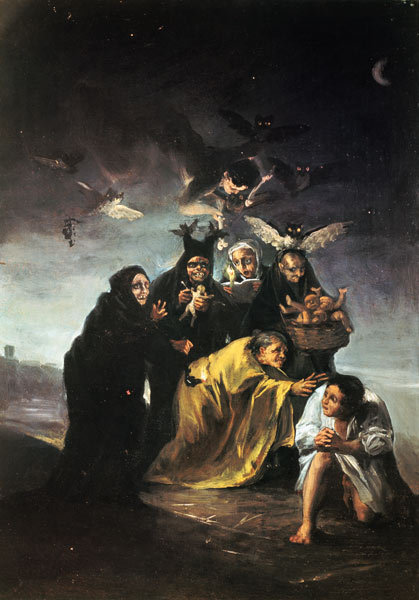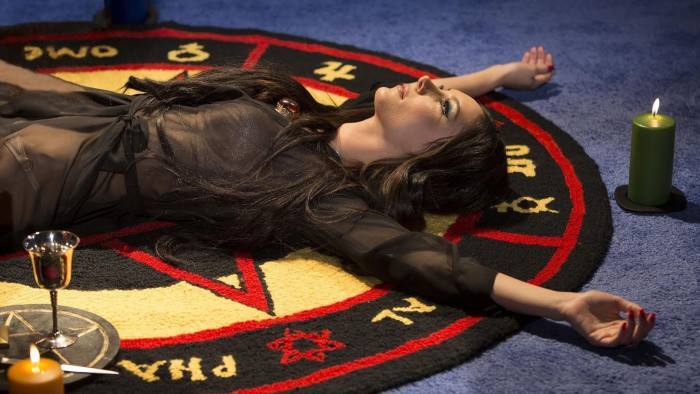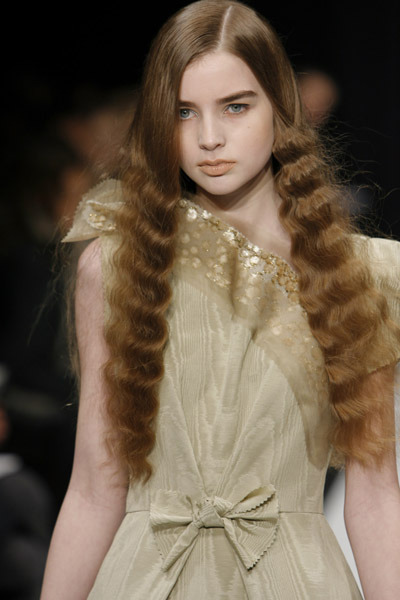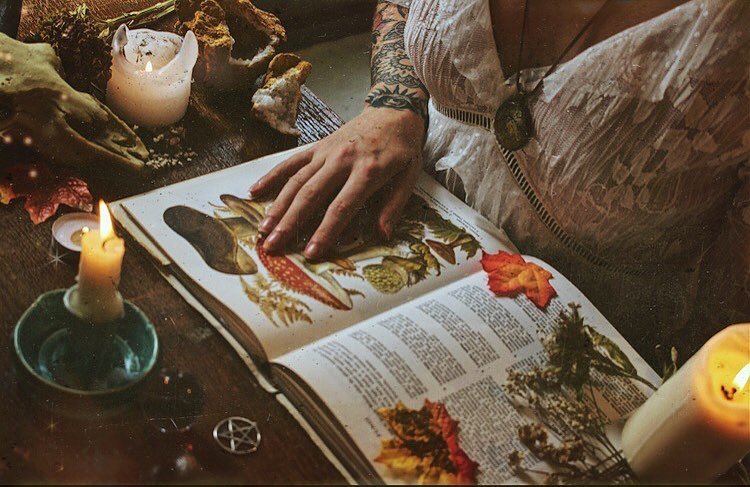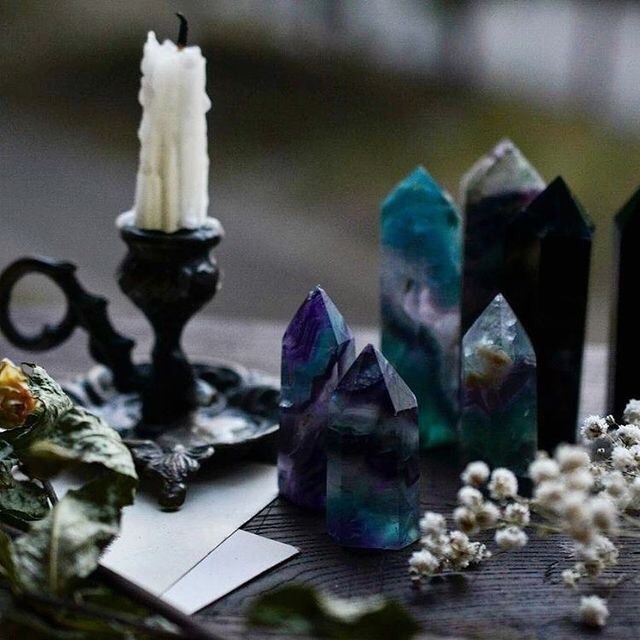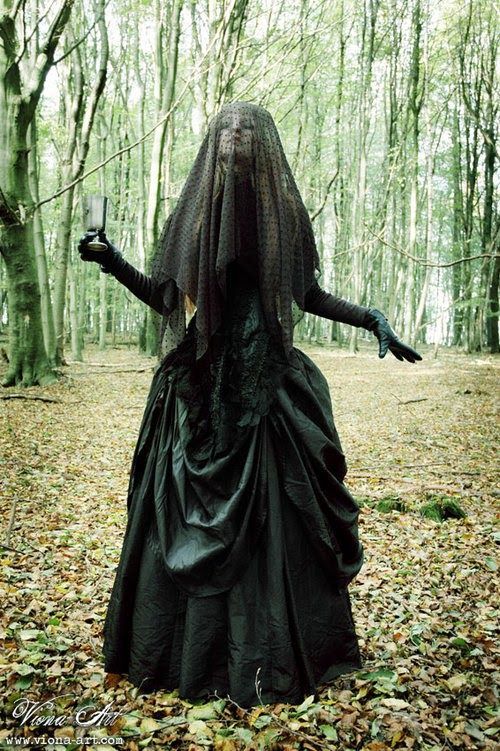Two autumns ago I watched this delicious eye-candy film called “The Love Witch” (2016) directed by Anna Biller and I loved it! Now, in these late October’s crimson leafy witchy days I find myself thinking about that film again and now I must tell you all to watch it too because it is just “wow”! It is fun, strange, sensual, vibrant, over the top and very aesthetically pleasing to watch.

I love him so much it just turns to hate
I fake it so real, I am beyond fake
And someday, you will ache like I ache…
(Hole, Doll Parts)
The main character is a beautiful witch Elaine, played by Samantha Robinson, whose long silky smooth black hair, dazzling outfits and vibrant eyeshadows catch the eye of many men in town, which is unfortunate for them because she isn’t just a witch – she is a love witch. Simultaneously, she is every man’s fantasy and his doom. Her victims just fall too much in love, and yes, ironically they die of too much love. Looking at Elaine, the way she walks the way she talks, it is easy to see why no man can resist her, there is a something magnetic about her, her figure oozes confidence and sensuality. In the opening scene, she is driving her pretty red car and explaining to us how she had to move because her former husband died a mysterious death and now she is partly blamed. She starts a new life in a small and charming little town of Arcata, California and moves into a beautiful Victorian house decorated in vibrant colours and garish designs which perfectly fit this witch’s taste. There she spends her time making spells and love potions, woodoo dolls and candles, and she also enjoys painting, tea and cake like a refined Victorian lady. After suffering from love in the past, Elaine was reborn as a witch and now she is determined to use that power to get what she wants from men, and not the other way around.
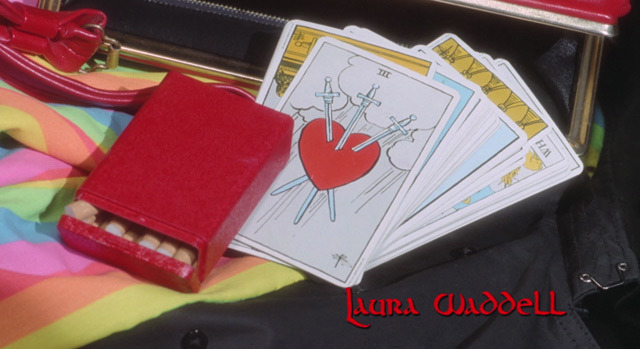
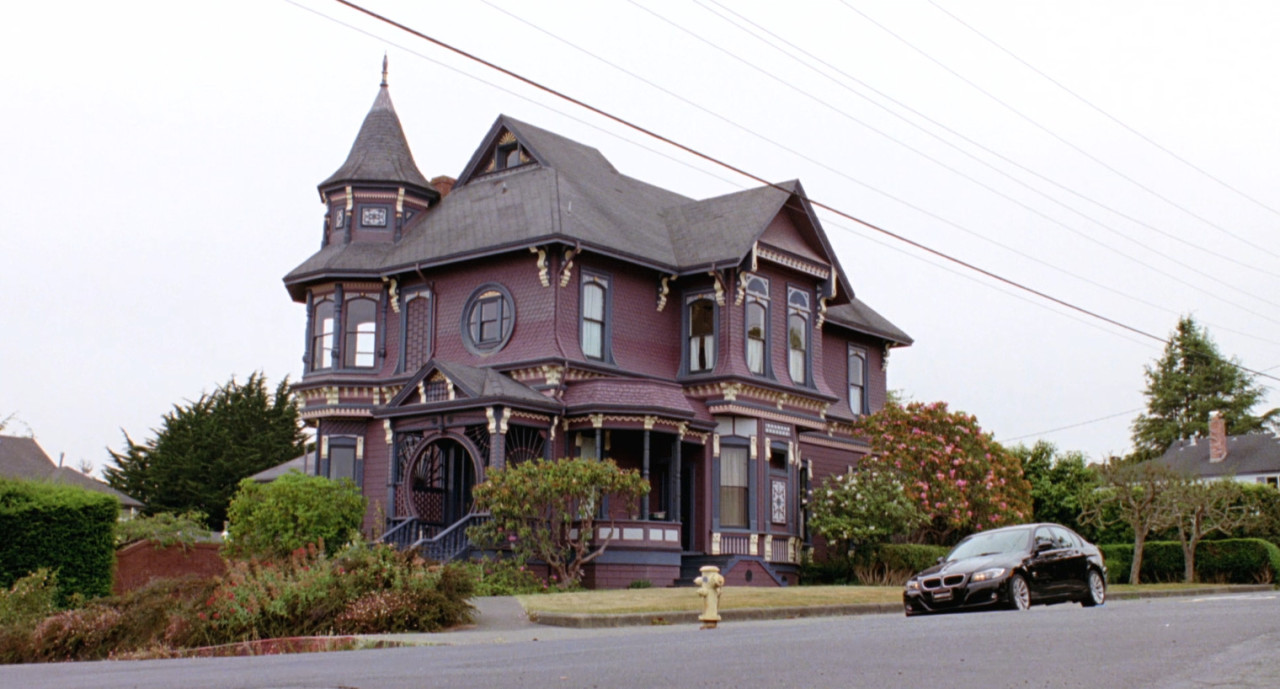
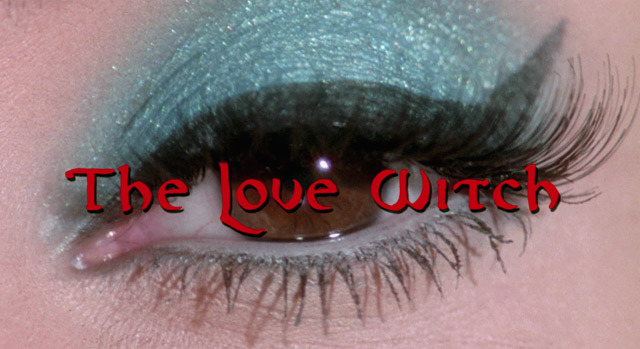
The time period isn’t strictly defined, it is supposed to be set in modern times but the aesthetic definitely draws heavily from late 1960s vibrant psychedelia and early 1970s with the Victoriana influence and the Edwardian era revival; the interior design of Elaine’s house and her costumes reflect this rich exuberant mix of styles. This film is extremely aesthetically pleasing to watch and it is what draws me to the film the most; aesthetic, if it’s the kind of world that I can imagine myself living in, if the characters are wearing the kind of clothes that I would died for, then I will watch the film, regardless of its other qualities, or lack of thereof. The aesthetic is everything.
All in all, Elaine just wants to find a man to love, and who will love her in return, but her mad intense search for this man has made her too desperate, and her witchcraft skills have made her too powerful, and so what started with an innocent understandable desire to be loved turned into a wild murderous fantasy. An officer she dated tells her in one scene in the bar “What you call love is a borderline personality disorder.” And indeed, her dark hypnotising eyes with long lashes and blue eyeshadow do have a look of madness in them. Also, she has no problem with burying people such as her unfortunate lover, she has done it before, she admits… Though it was his fault, he suddenly got so clingy and emotional after they had made love. He wasn’t the strong courageous prince charming that she is waiting for.
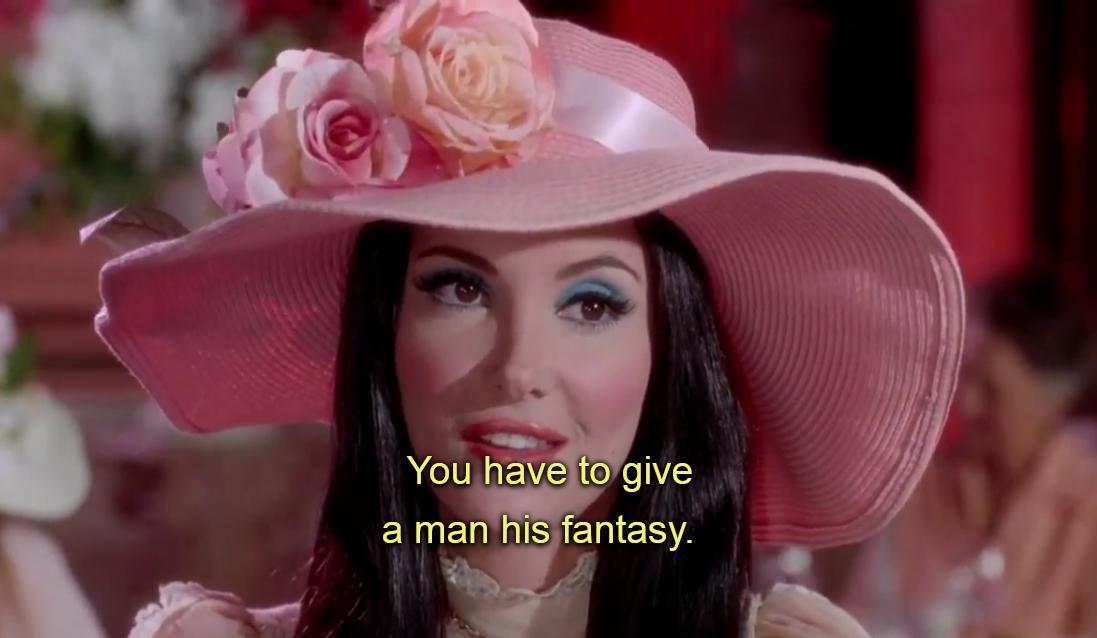
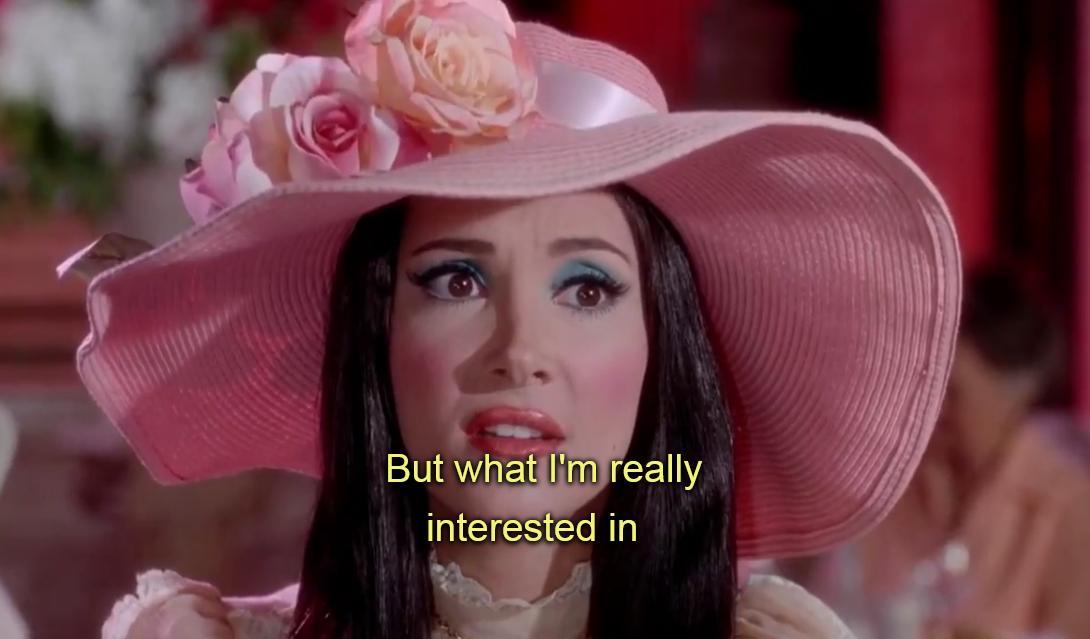
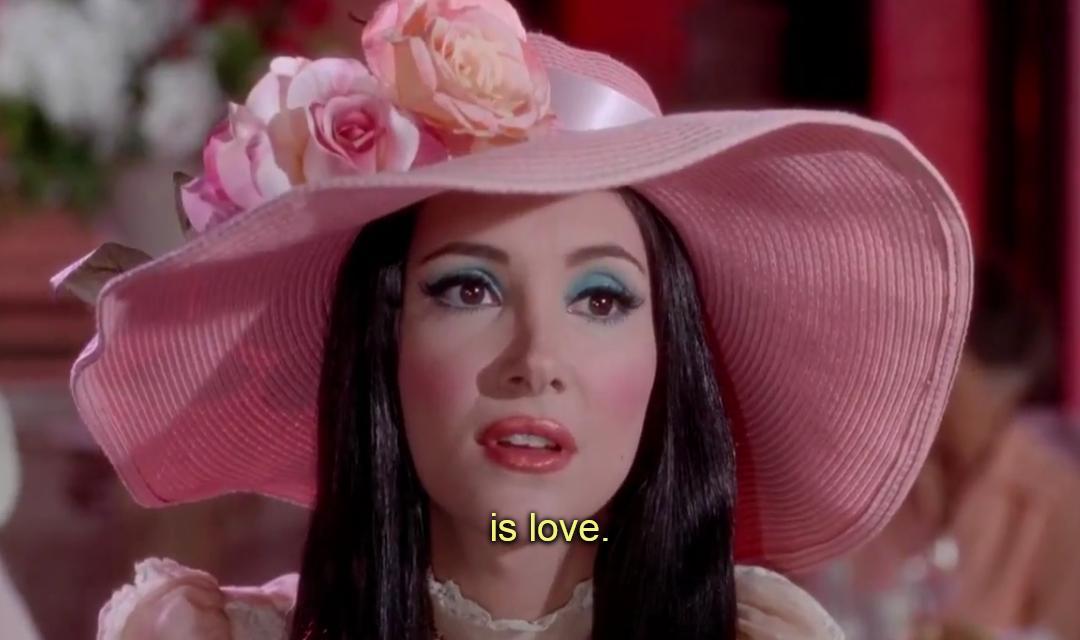
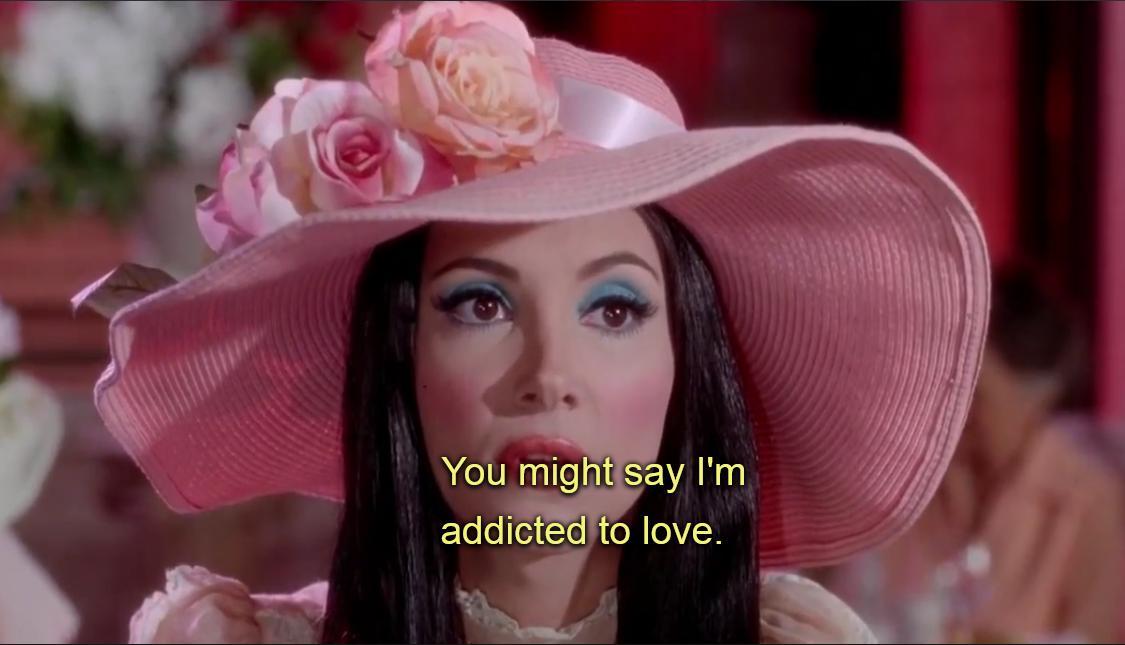
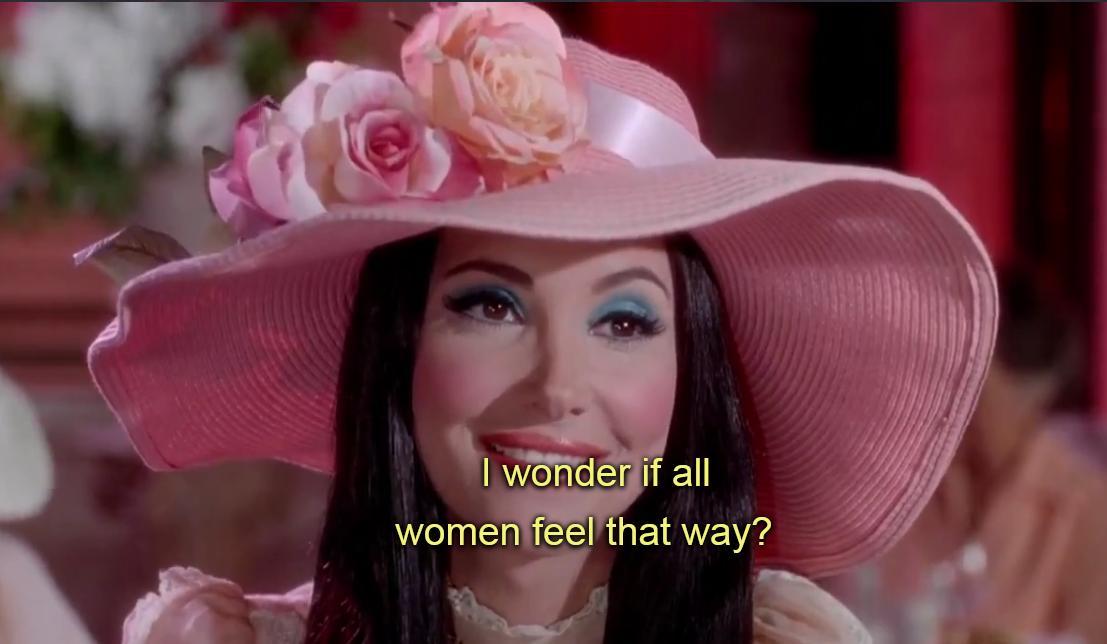
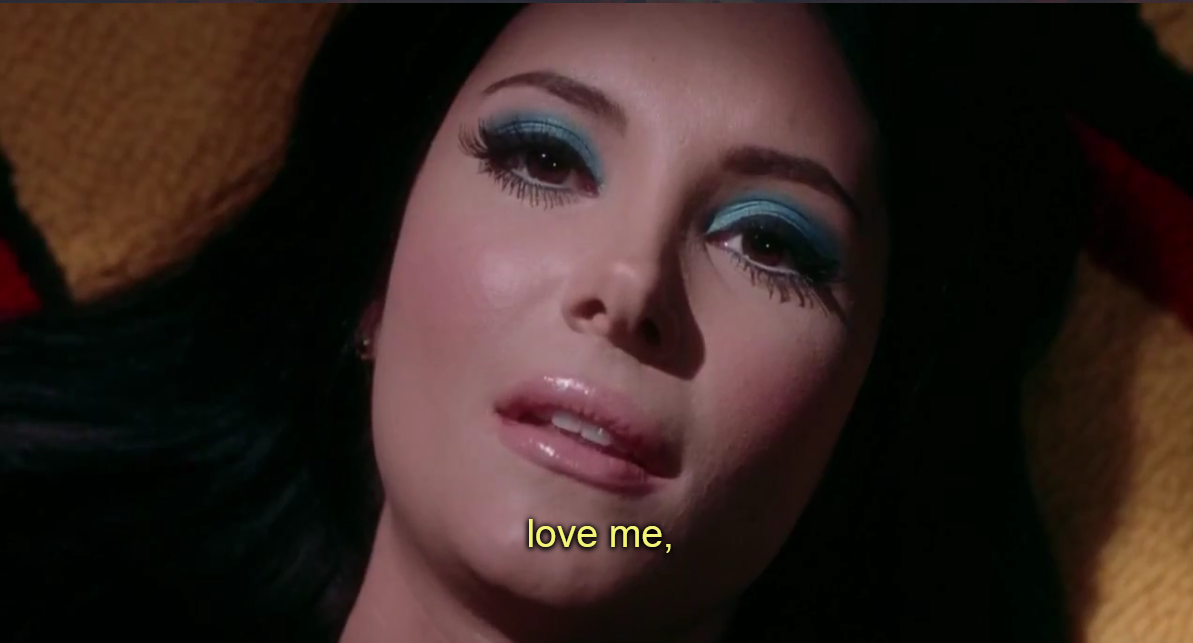
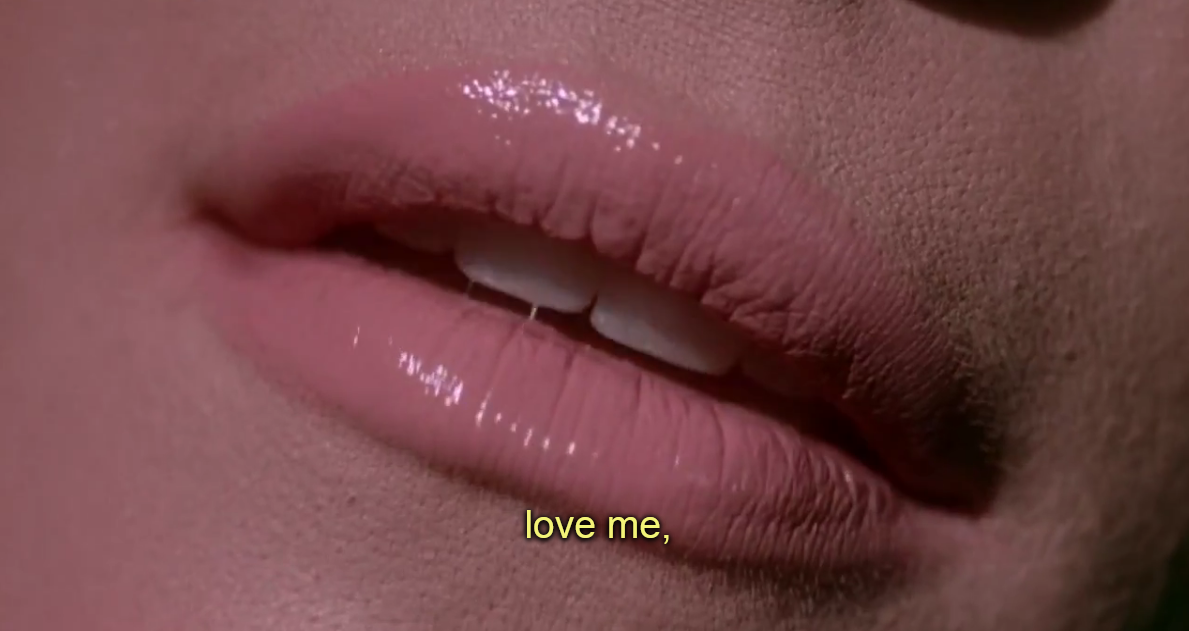
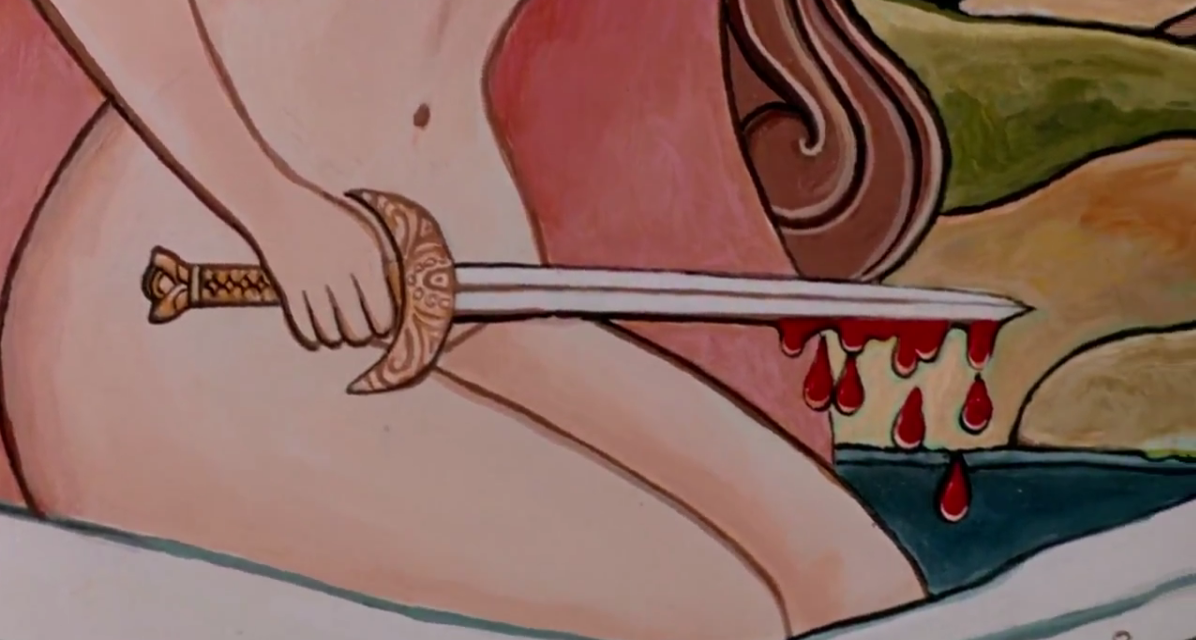
I am doll parts, bad skin, doll heart
It stands for knife
For the rest of my life
(Hole, Doll Parts)
“The Love Witch” feels entirely like someone’s fantasy, like an acid dreams translated into the art medium of cinema, which is wonderful! It’s a world seen through rose-tinted glasses, and it has its own logic. You know it can’t be real and these things can’t be real, but somehow you want to be drawn in and just savour all its colours and vivacity. The reason for this unique, dreamy feel to the film is probably because Anna Biller was practically its main creator; she is the film’s writer, costume designer, director, producer, art director, and editor. She wanted the film to look like it belongs to the era it was set in, and therefore the vibrant colours were used on purpose, in setting and in costumes, to emulate the look of technicolor films. Anne Biller said “I like to make films with a kind of dream logic. My films are a mix of reality and fantasy, or a mix of what is happening and what people wish was happening, or what they fear will happen.”
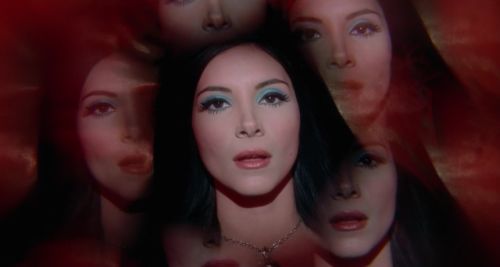
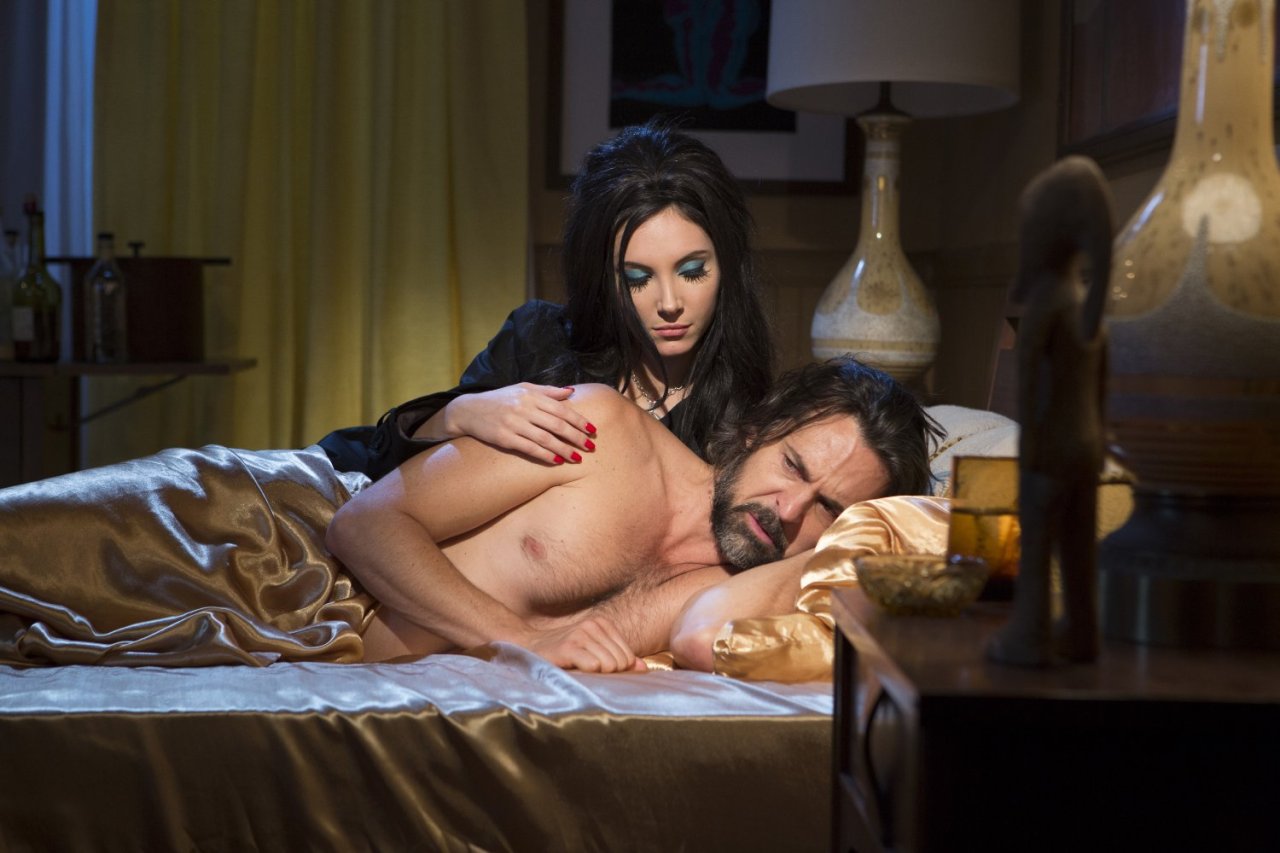
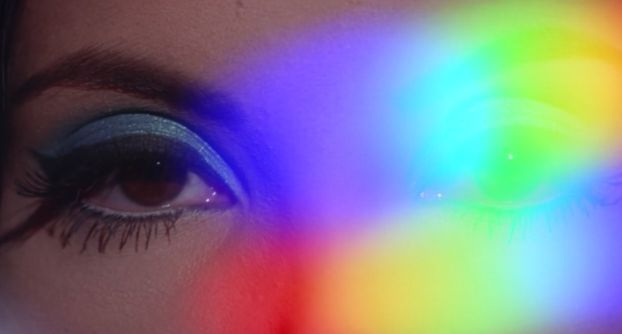
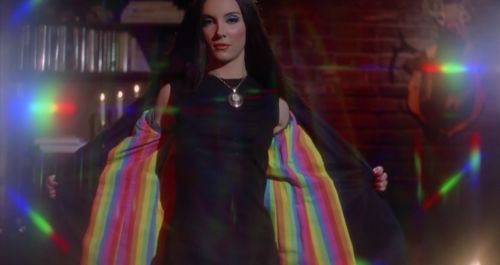
In one scene, her poor victim Wayne, a college lecturer, takes her to his cabin in the woods, but little can he sense that she put hallucinogenic herbs in his drink and that she will destroy him. She starts undressing and he is almost blinded by the bright rainbow of her coat. Here is how the dialogue goes:
“What the hell! Your coat, it’s so bright.”
“I always line my clothing.
“You have two selves. Dark and quiet that you show the world… who do you give that to? the Rainbow?”
“I give the rainbow to you. Right now.“ And she throws the rainbow-lined coat to him and proceeds to take the rest of her clothes off.
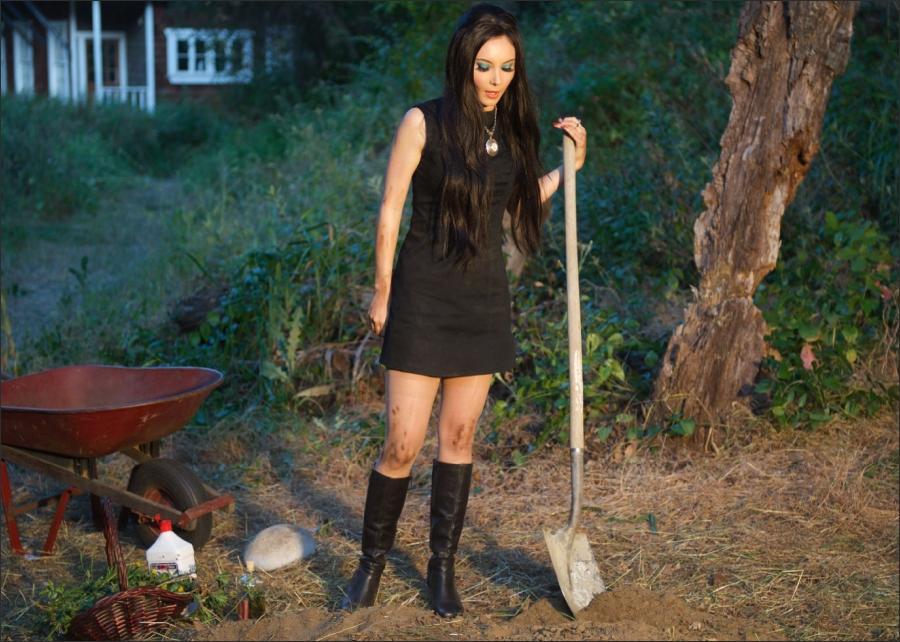
Now let’s take a look at Elaine’s to-die-for gorgeous costumes! Here is what Anna Biller said about them:
“It’s all stuff that I fantasize about wearing, outfits I would wear if I was that put together. I used to put a lot of time into my own wardrobe, but since I’ve been making films I’ve put a lot of that energy into film wardrobes instead. I love vintage-inspired clothing, and I used vintage patterns to create her wardrobe. I wanted her to look really stylish, but also to be dressed how I imagine a 1960s witch would dress. I know some girls who dress like Elaine, and I love the way they dress and do their makeup.” She also says: “I wanted the costumes to come from Elaine’s romantic self-fantasies. I made a lot of them, and also a lot of them were vintage.”
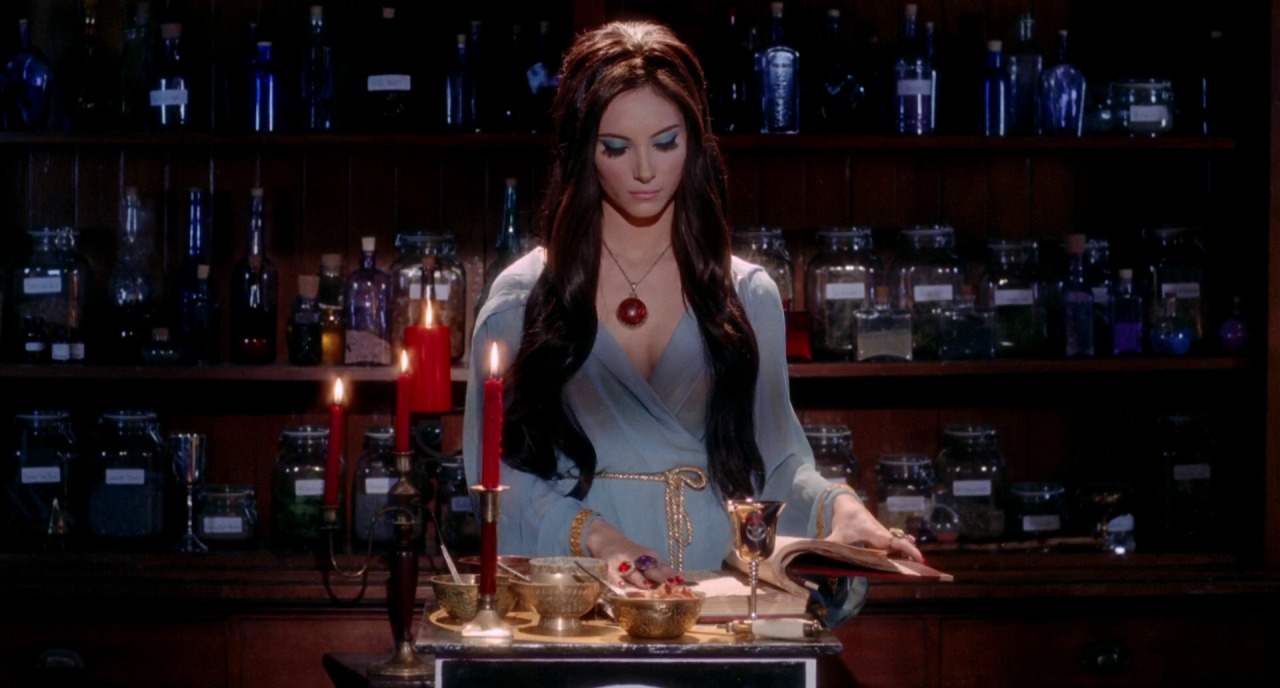
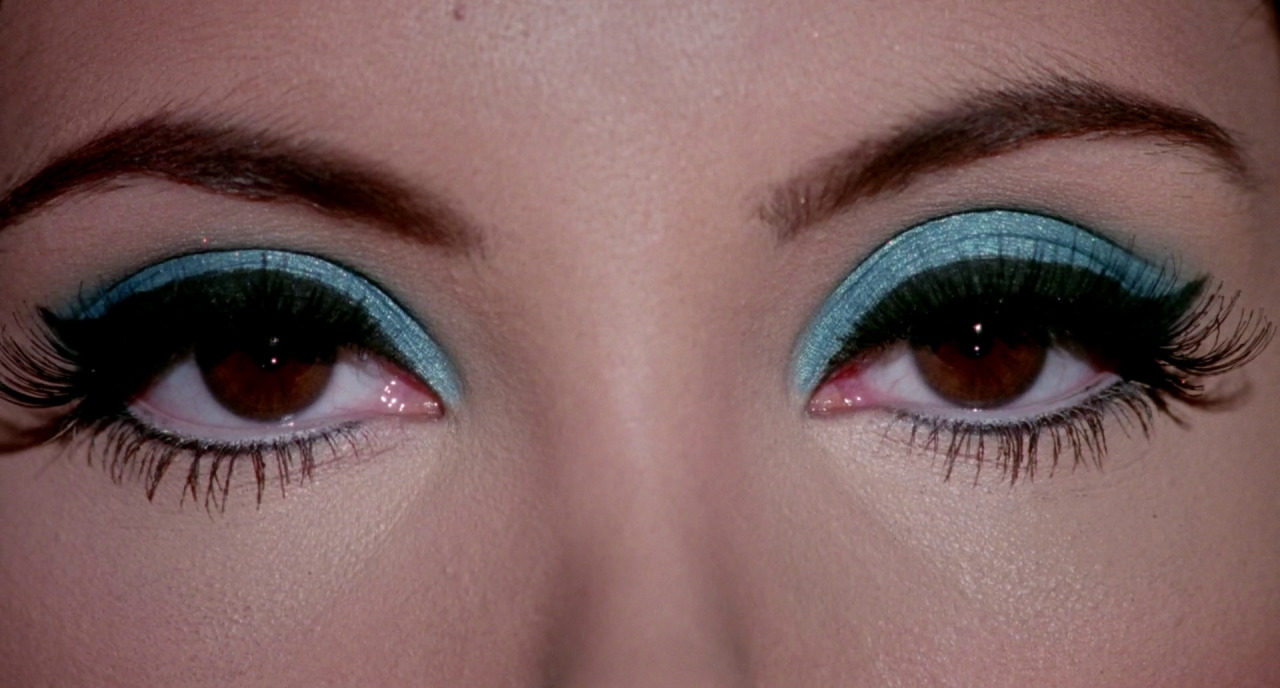
I love the emphasis Biller put on the costumes and how they are symbolically connected to the story:
“I like for the costumes to match sets or to be harmonious with them, so in the scene when Elaine is driving her red car I put her in a red dress with red accessories. Her dress is short and casual, since she is driving and it’s daytime. She is wearing a moonstone pendant, since that’s an occult piece of jewelry. She changes costume for the next scene in the tearoom, since that’s a pink room and features ladies in hats, so for that scene she wears an appropriate Victorian-style peach dress with a hat trimmed with flowers. Trish for that scene also wears a peach outfit, but hers is a pantsuit because she is a businesswoman. In the last scene at the bar, I have Elaine in a long dress which is in a Victorian style but feels defiant and witchy because it’s in a theatrical red polyester. I put her in this dress because she is defying Griff in this scene, and I wanted her to wear something that shows her power.” (read the whole interview here.)
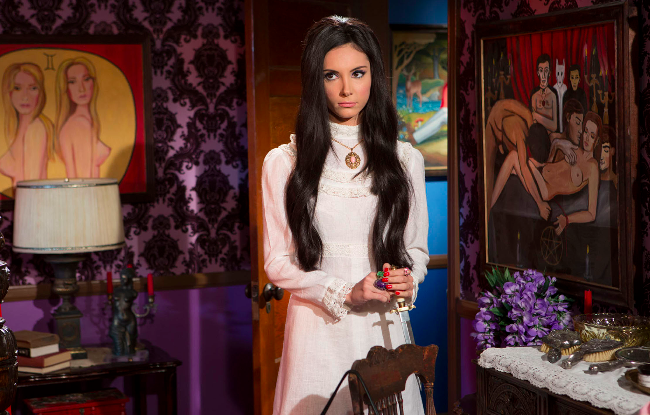
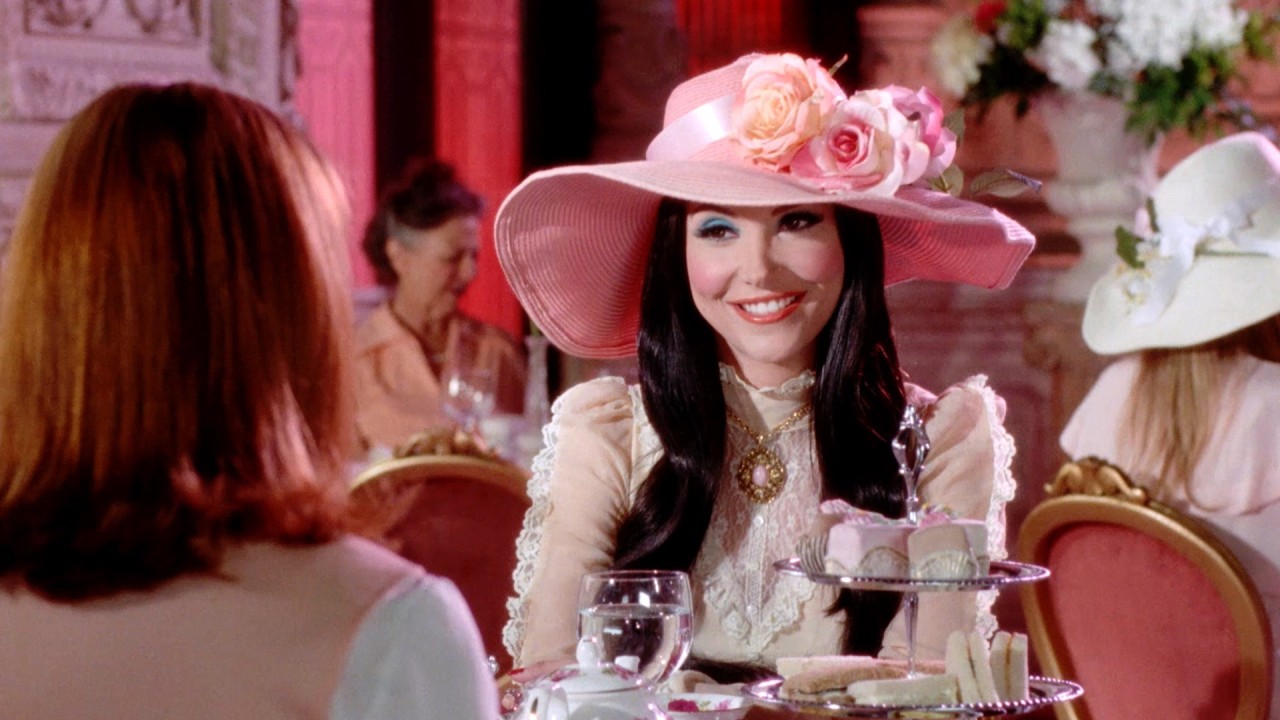
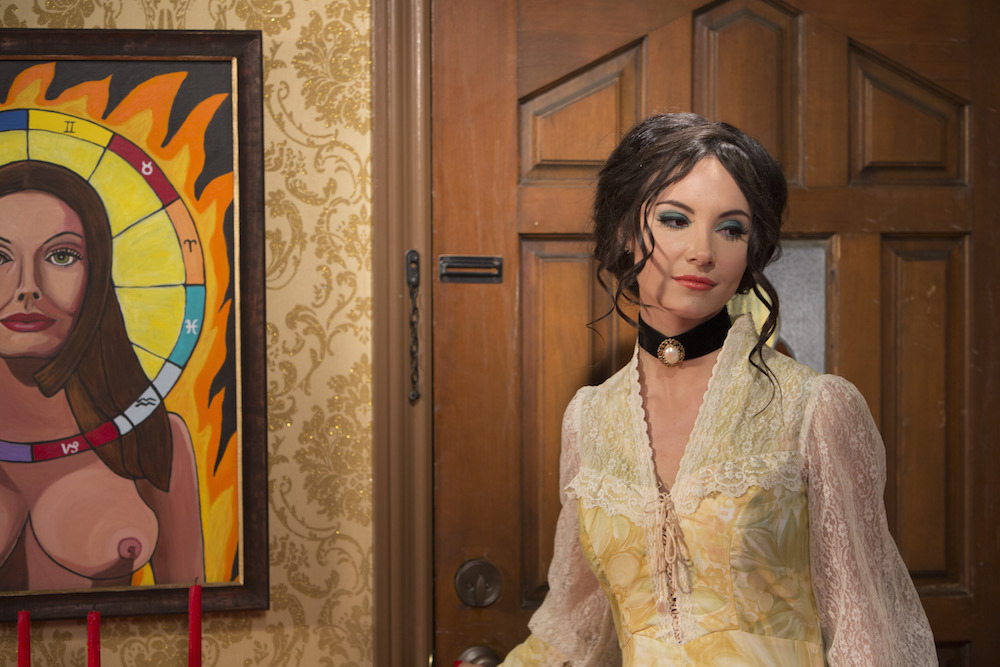
I love that Biller designed the costumes to correlate to the scenes, so the colour and cut of Elaine’s dress can tell us much more than we might assume at first. On two different occasions Elaine is having a tea party, first with her friend Trish in a Victorian-style tea room where she is seen wearing a dusty peach-pink dress and a pink hat, and the other time she is at home alone painting and she made tea and cake and is seen wearing this delicate yellow and white dress. In these scenes, she is not a groovy vixen out to get her net victim, no, she is a delicate princess waiting for her prince charming to show up at her doorstep with flowers and chocolates. These two dresses show the influence of late Victorian and Edwardian era on design and fashion of the late sixties and early 1970s, I already wrote about it here. Pink and yellow tea dresses, like a delicate rose and primrose, sweet and nonthreatening. Here is what Anne Biller says about these outfits:
“The tea outfits were all vintage finds, but I had to do a lot of alterations to make them right. I looked for vintage Gunne Sax dresses specifically, wanting to give Elaine the look of those vintage Bradley dolls with the big eyes, and of the prom girls, bridesmaids, and Wild West gals you’d see in movies from the ‘60s and early ‘70s. The scene itself was inspired by an actual tea room I visited once where all the ladies wore hats trimmed with flowers, and pastel colors. I really saw Elaine in that setting, with all of her princess fantasies.” (more here.)
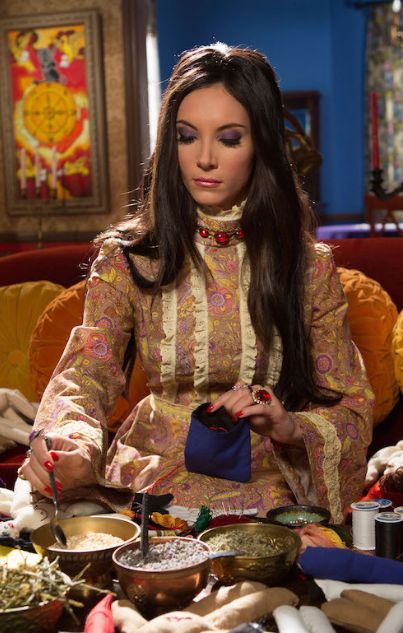
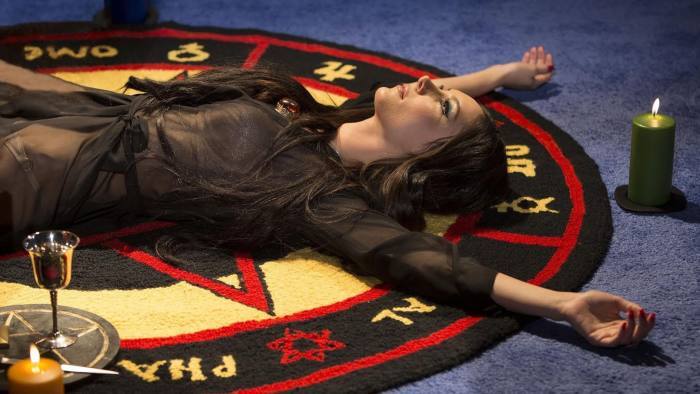
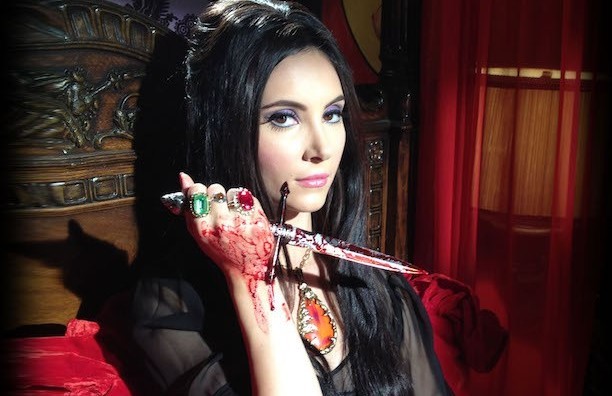
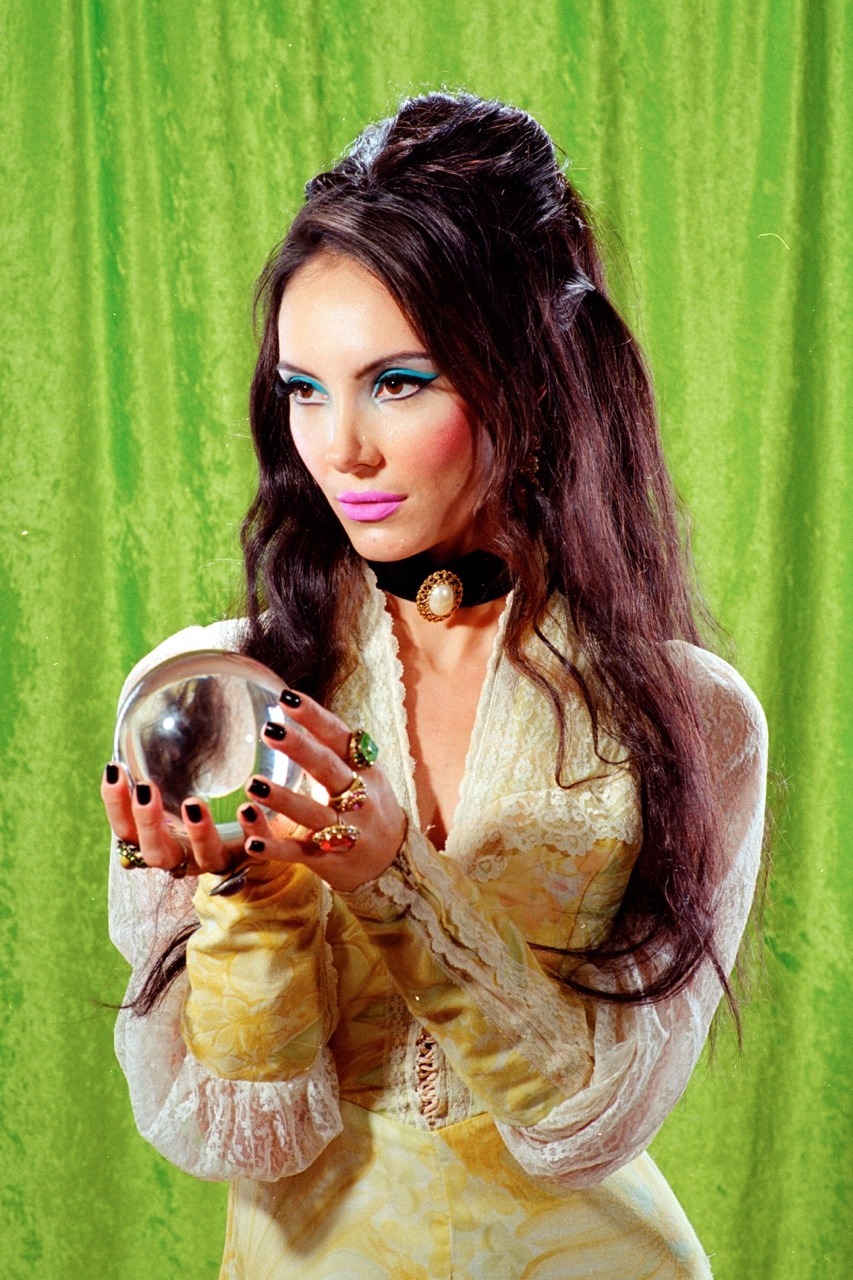
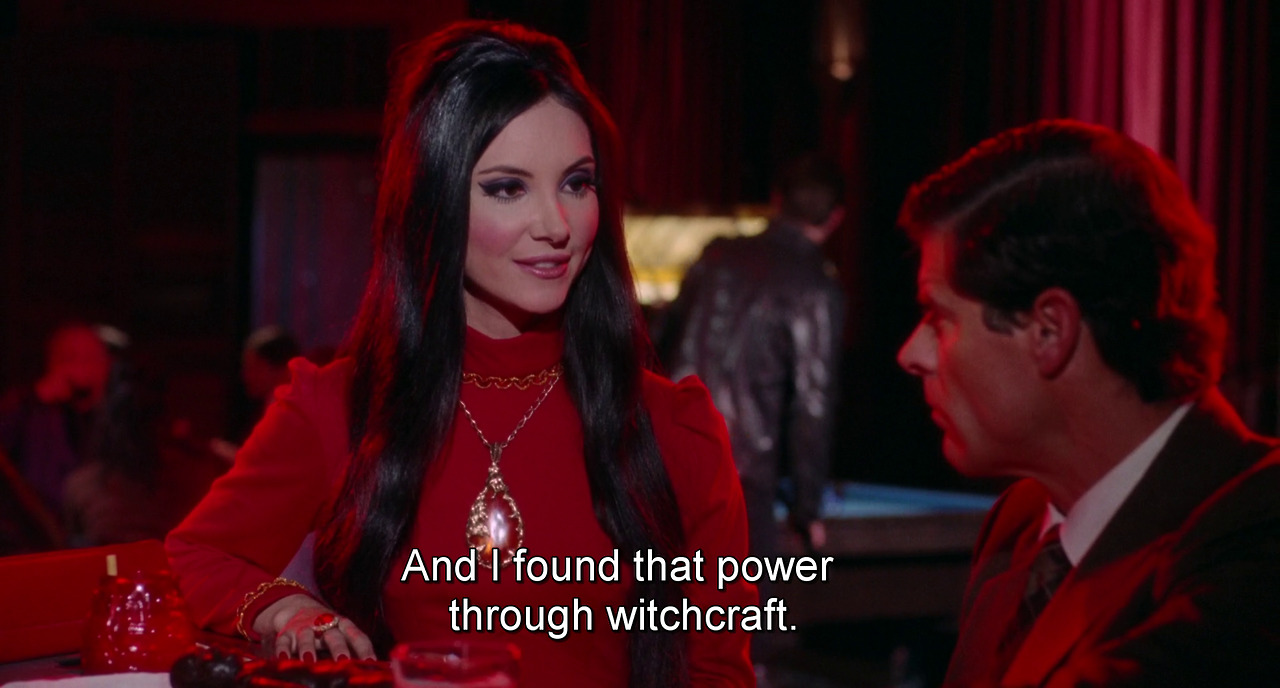
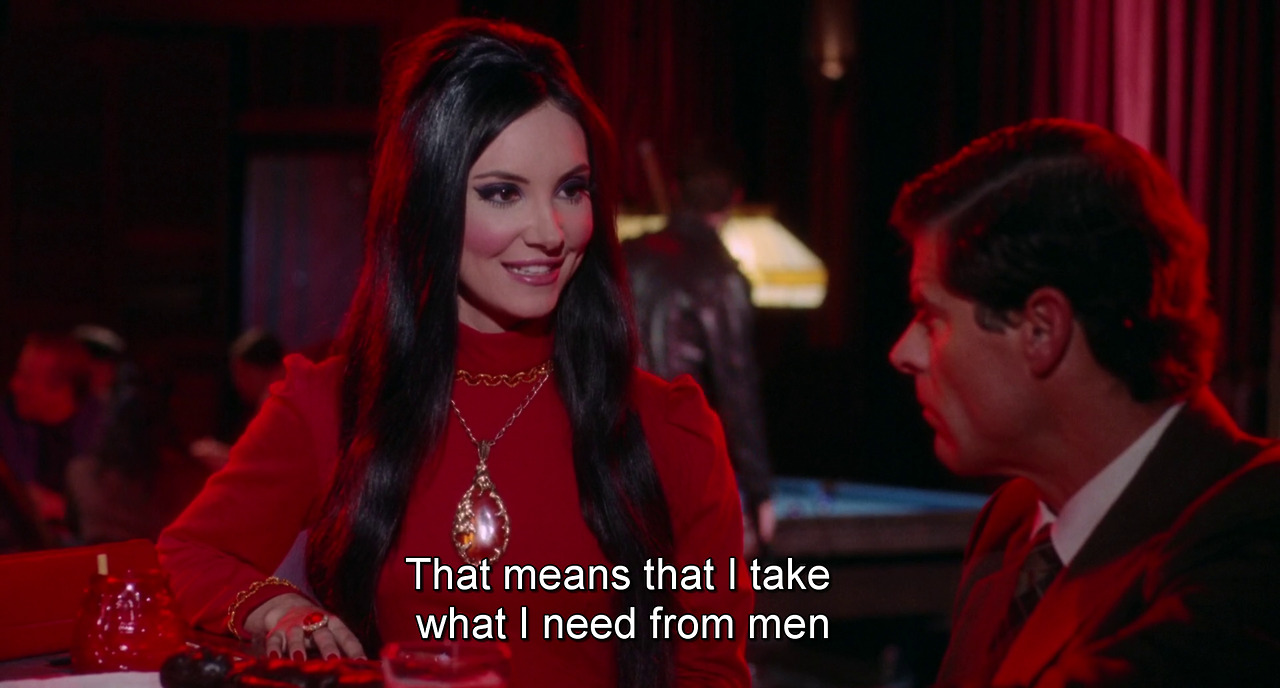
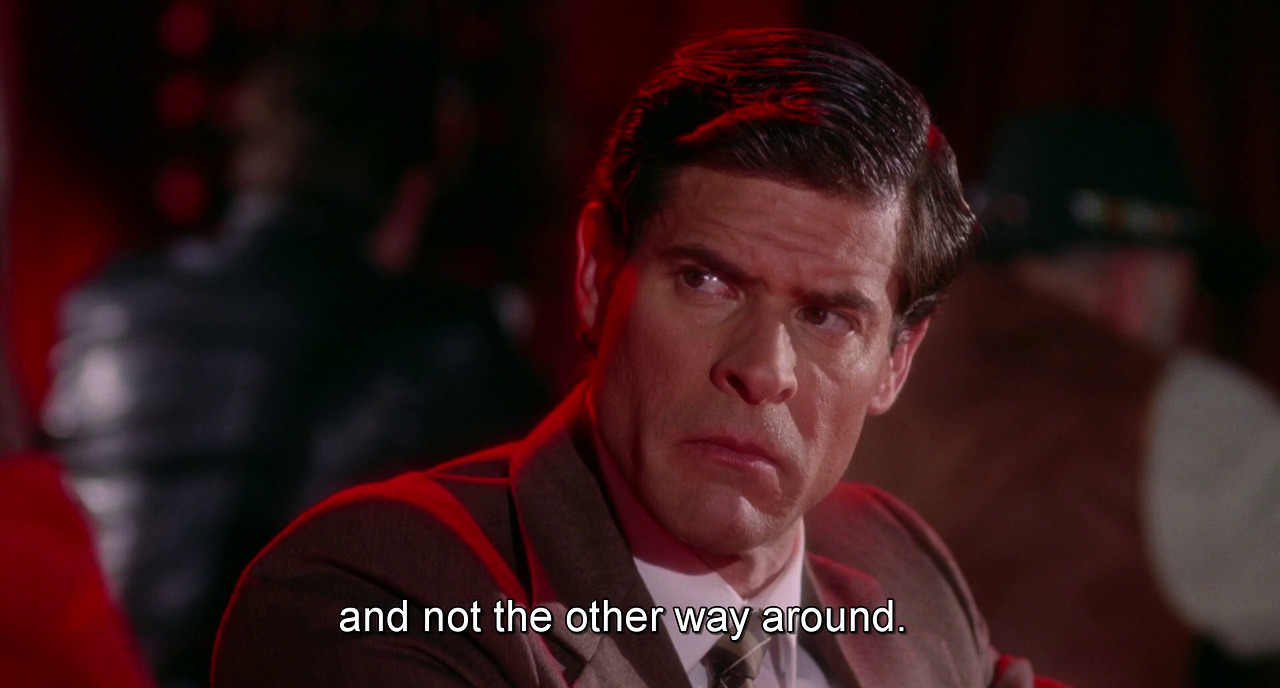
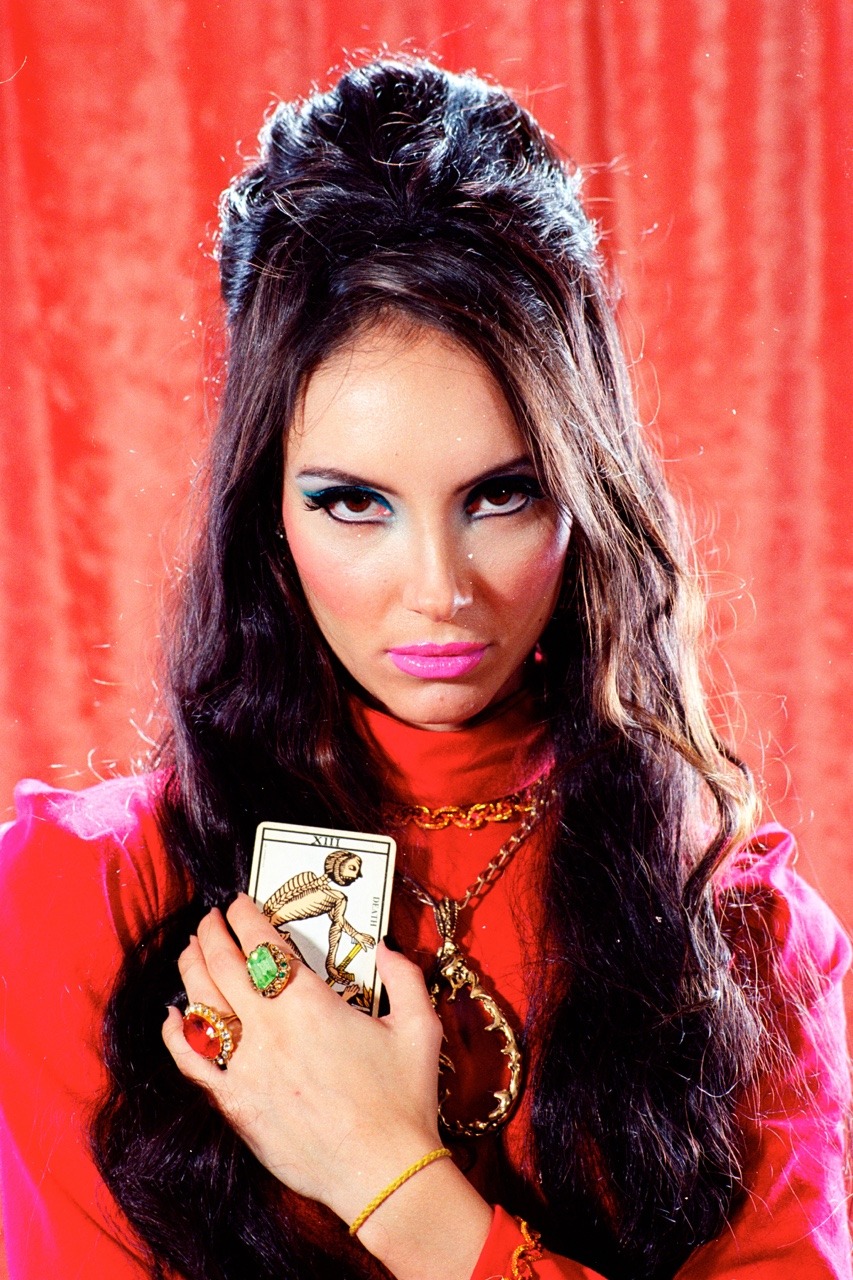
Now, at the end, my question is: how can I steal her wardrobe, and where may I apply to live there, in such a pretty Victorian house in sunny California in some undefined era which looks a lot like sixties????
Tags: 1960s, 1970s, 2016, aesthetic, Anna Biller, Beautiful, costumes, drama, Film, horror, love, mystery, Psychedelia, Samantha Robinson, suspense, The Love Witch, vibrant, witch
 George Barbier, A Renaissance Fair, c 1929
George Barbier, A Renaissance Fair, c 1929




























